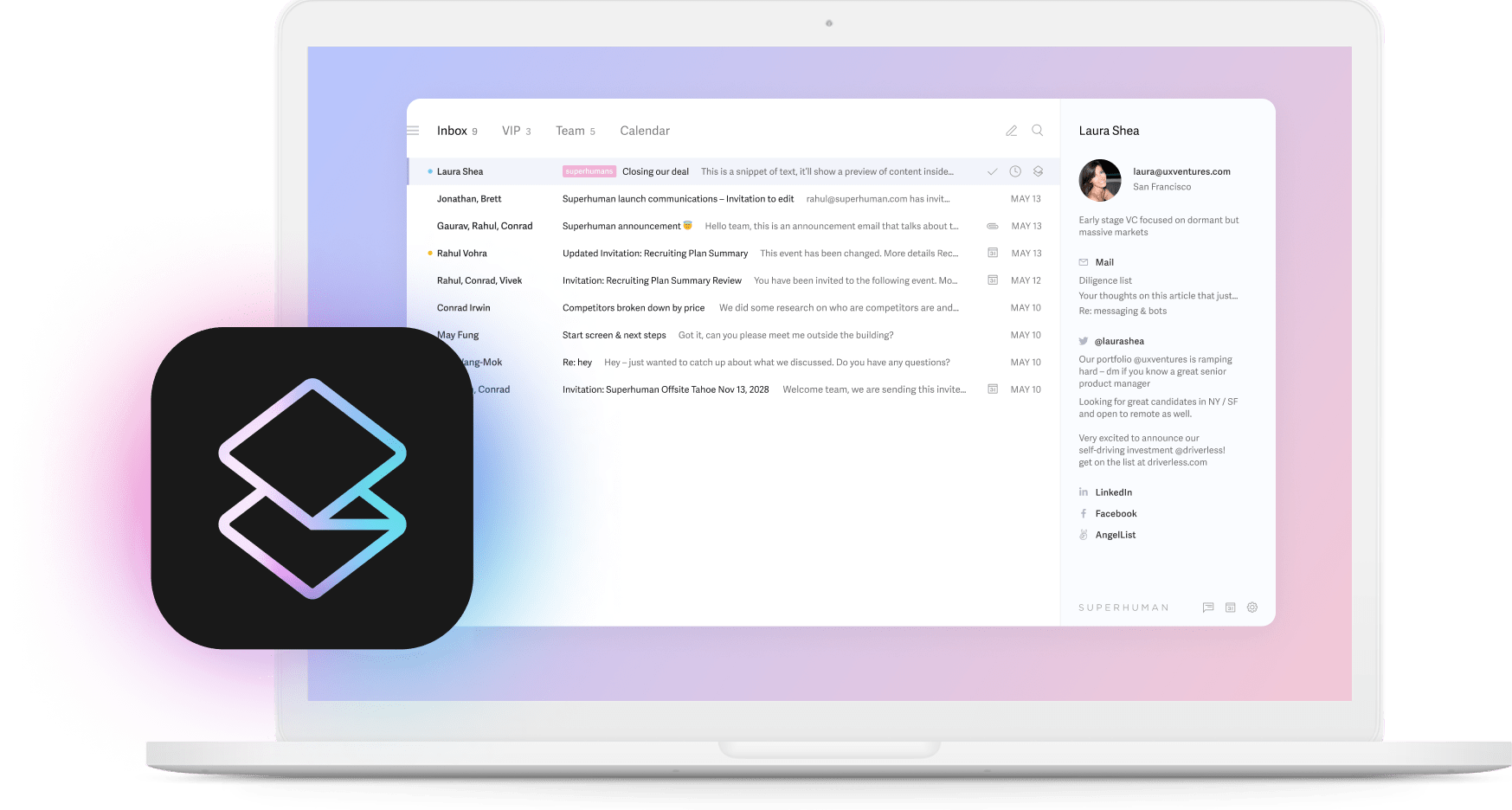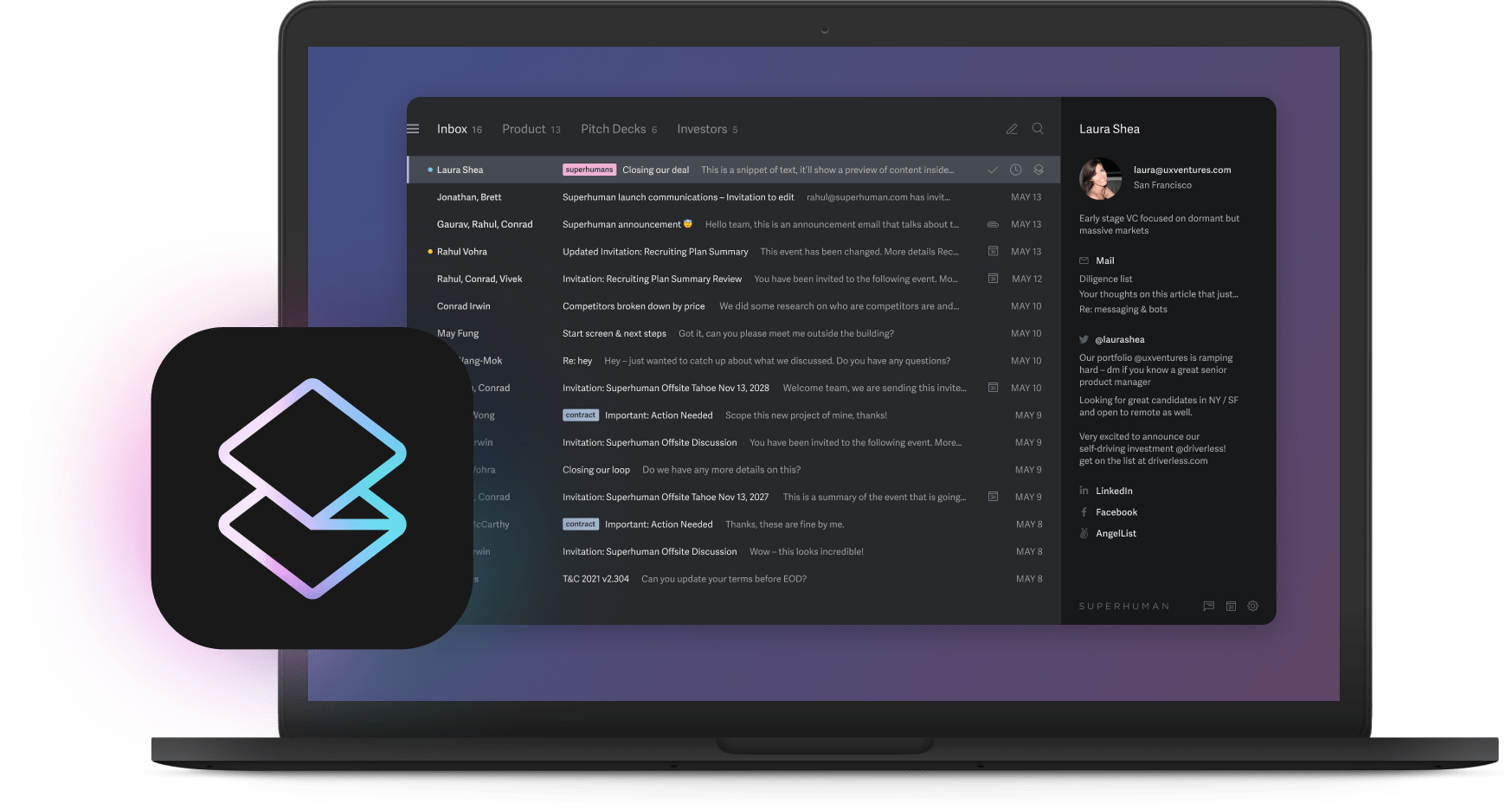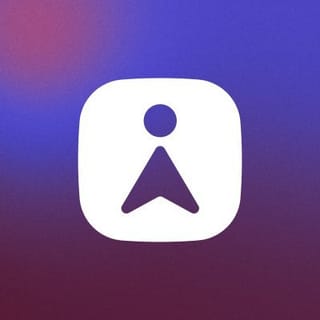
While you're reviewing quarterly reports, your competitors are using AI to predict which employees will quit next month. While you're in board meetings, they're analyzing micro-expressions on video calls to spot when deals are about to fall through. They're not using ChatGPT. They're using specialized enterprise tools that transform raw business data into competitive advantages.
Everyone has access to basic AI now. The real competitive edge comes from knowing which specialized platforms can predict market shifts, employee turnover, and customer behavior before these changes become visible through traditional channels. Companies that consistently outperform see patterns you're missing because they've invested in tools that turn noise into signal.
Your competitors can predict who's quitting before they know it themselves
Employee turnover costs companies millions, but what if you could spot the warning signs three months early? Tools like Aware analyze thousands of daily communications across Slack, email, and internal platforms, using natural language processing to detect subtle shifts in employee sentiment. When an engineer who typically writes detailed technical responses starts sending one-line replies, or when a sales leader's response time increases from hours to days, these platforms flag the behavioral change.
The science is straightforward: people communicate differently when they're disengaged. Their language becomes less collaborative ("I" instead of "we"), their response times lengthen, and their participation in optional discussions drops. Aware and similar platforms track these micro-changes across thousands of data points, building risk scores for each employee. When multiple indicators align, the system alerts leadership while there's still time to intervene. The same patterns appear in email behavior; shortened responses, delayed reactions, and decreased engagement all signal trouble ahead.
Even without enterprise-grade AI, executives can spot these warning signs. Superhuman's Split Inbox automatically surfaces tense conversations by analyzing tone and urgency, while Read Statuses reveal who's stopped engaging with your messages entirely. When your star performer goes from opening emails within minutes to ignoring them for days, you're seeing the same pattern these AI tools detect. The key is building systematic reviews of these signals rather than waiting for resignation letters.
They know what you're building before you announce it
Competitive intelligence used to mean reading annual reports and press releases. Today's leaders build automated systems that connect disparate public data into predictive models, watching the digital breadcrumbs that reveal your strategy months before launch. Patent Vector monitors intellectual property filings globally, flagging when competitors register new technologies. People Data Labs tracks hiring patterns across industries, revealing when companies suddenly need specific expertise. Visualping watches for website changes, catching new product pages or support documentation before official announcements.
When these signals converge, the picture becomes clear. One biotech CEO discovered a competitor's acquisition plans six months early by noticing they'd hired three regulatory specialists with specific FDA expertise, filed preliminary patents in a new therapeutic area, and started following key opinion leaders in that field on social media. By the time the acquisition was announced, she'd already partnered with two other targets in the space. This wasn't luck, it was systematic pattern recognition across multiple data streams that revealed strategic intent long before any press release.
The same principle of pattern recognition applies everywhere in business intelligence. Just as these tools connect hiring data with patent filings to reveal product strategies, effective executives connect scattered signals to see the full picture. Every data point tells part of the story; the competitive advantage comes from seeing how they connect.
Real-time coaching without the coach
Traditional executive coaching meant quarterly sessions and generalized feedback. AI coaching tools now provide immediate, specific insights on every interaction. Otter.ai transcribes your board presentation while analyzing speaking pace, identifying filler words, and flagging moments where your message became unclear. Microsoft Teams with Copilot goes further, tracking audience engagement through camera feeds and suggesting real-time adjustments.
These tools work by establishing baselines for effective communication, then measuring deviations. They know that speeches averaging 140 words per minute maintain attention better than faster delivery. They recognize that presentations with a story every 3-4 minutes see 70% higher retention. They alert you when your energy drops, when you're rushing through important points, or when technical jargon creeps into strategic discussions. One CEO discovered she said "essentially" 47 times during investor calls, unconsciously signaling uncertainty. After seeing this data, she eliminated the habit within two weeks. Her next funding round closed 40% faster, with investors later citing her "exceptional clarity" as a key factor.
Small communication improvements compound into massive influence gains because they remove friction from every interaction. When you eliminate filler words, vary your pace appropriately, and maintain energy throughout presentations, your message lands with greater impact. The cumulative effect across dozens of meetings and calls transforms how stakeholders perceive your leadership.
The AI tools nobody talks about (because they work too well)
While everyone discusses ChatGPT, the tools reshaping industries operate in shadows. Major retailers use proprietary AI models that adjust prices based on weather patterns, foot traffic, competitor pricing, and inventory levels. These aren't general-purpose models—they're trained exclusively on that company's transaction history, customer behavior, and market conditions.
A fashion retailer's AI knows that rain in Manhattan increases online coat sales by 34% within four hours, but only for styles under $300. It learned this from analyzing five years of their specific sales data. The model adjusts inventory distribution, marketing spend, and pricing in real-time, capturing revenue competitors miss because they're still using last week's data. This proprietary advantage compounds daily, while competitors react to trends, these companies create them by anticipating demand shifts before customers even realize their needs have changed.
The principle extends beyond retail. Financial firms train models on their trading history to spot patterns human analysts miss. Healthcare companies build diagnostic tools using their patient outcomes. The lesson is clear: proprietary data plus specialized AI creates competitive moats that generic tools can't cross. Companies relying on one-size-fits-all solutions are competing with yesterday's technology.
Reading faces through screens
Body language reveals truth when words lie, and AI now quantifies these micro-expressions during video calls. Tools like Sybill and Cogito use computer vision to track facial movements, posture changes, and eye patterns, converting human behavior into actionable data. The technology establishes baseline behaviors for each participant, then flags deviations. A normally animated executive who becomes still during financial discussions is likely concerned. A typically reserved board member who suddenly leans forward is highly engaged.
One sales leader credits these insights with saving a $10M deal. When Sybill showed declining engagement during a product demo, he pivoted to discussing implementation success stories. The energy shift was immediate and measurable. These tools don't just record what happens, they reveal why deals succeed or fail by capturing the unspoken reactions that determine outcomes.
Similar pattern recognition applies to written communication. Superhuman's Read Statuses reveal behavioral patterns through email engagement. Someone who opens your message 17 times without responding is wrestling with the content. Response delays extending from minutes to days signal cooling enthusiasm. These digital body language cues tell stories that words alone miss, giving you the insight to adjust your approach before it's too late.
Your investor updates are public (even the private ones)
Every email, Slack message, and board update you share becomes potential competitive intelligence. Private equity firms and competitors employ sophisticated scraping tools that aggregate these communications, feeding them into analysis engines that model your business health. When you write about "extending runway" or "focusing on core metrics," natural language processing algorithms flag financial stress. When your job postings shift from "aggressive growth" to "sustainable expansion," pattern recognition suggests tightening budgets.
These signals paint clear pictures when aggregated. Within weeks of displaying stress patterns, struggling startups receive perfectly-timed acquisition offers. The buyers didn't get lucky, they used your own communications to time their approach perfectly. This reality demands new communication strategies. Savvy executives now write assuming every word will be analyzed. They keep specific numbers vague in written updates, saving details for verbal discussions. They use secure channels for sensitive planning and maintain consistent language even during challenges.
The $50K/month advantage
Enterprise intelligence platforms like Palantir and Scale seem expensive until you calculate the cost of ignorance. These systems find hidden connections between disparate sources that human analysis would never spot. A manufacturer using Palantir's platform discovered that slight temperature variations in their Asian suppliers' warehouses correlated with defect rates three months later. This connection, invisible across separate systems, became obvious when unified data revealed the pattern. By adjusting orders based on warehouse conditions, they reduced defects by 23% and saved $8M annually.
The ROI comes from catching what you don't know to look for. If you're making multi-million dollar decisions with partial information, spending $50K monthly for comprehensive intelligence is logical. The same math applies to productivity tools, executives spending 20 hours weekly in their inbox are burning valuable time that compounds into massive opportunity costs.
Three moves to catch up fast
Closing the intelligence gap requires systematic action over 90 days. Start with internal intelligence: Run sentiment analysis on employee communications, analyze support tickets for product insights, and review sales transcripts for competitive mentions. Set up dashboards that surface anomalies automatically.
Next, map competitor operations beyond their marketing. Mystery shop their sales process, test support response times, parse job postings for strategic hints, and track patent filings. Build automated alerts for website changes and executive moves. Create a living intelligence document that updates daily.
Finally, lock in exclusive advantages through specialized data sources. Every industry has obscure vendors providing satellite imagery, foot traffic analysis, or social sentiment tracking. Negotiate exclusive access for your use cases and build custom models trained on your proprietary data.
Start today. Configure email rules to flag competitive intelligence. Set up Google Alerts for key competitors. Subscribe to patent monitoring services. In markets where information asymmetry determines winners, the best intelligence infrastructure isn't an advantage, it's survival.
Superhuman saves teams 4 hours per person every single week. When speed determines success, the right AI tools for executives make the difference between leading your market and chasing it.






